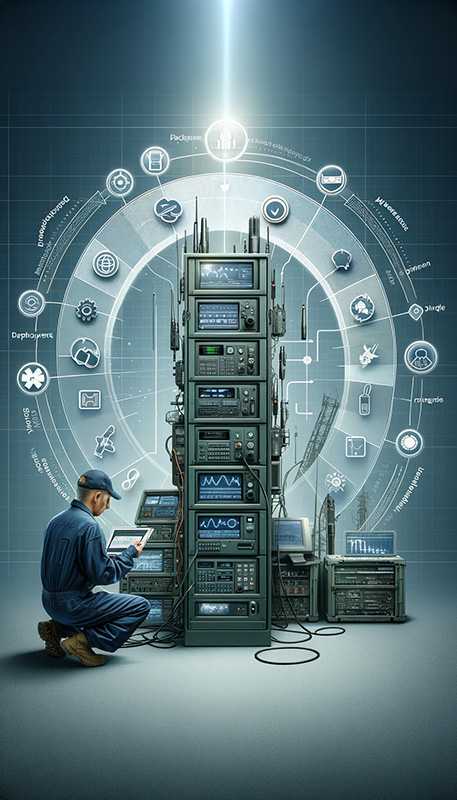Maintenance + Lifecycle Management
Effective maintenance and lifecycle management are crucial for the reliability and performance of emergency services communication systems. These systems, which include various technologies such as land mobile radio, CAD/RMS, and broadband/LTE networks, require regular maintenance and strategic lifecycle planning to ensure they remain functional, efficient, and up-to-date.
Importance of Maintenance and Lifecycle Management:
- System Reliability: Regular maintenance ensures that all components of the communication system are functioning correctly, reducing the risk of system failures during critical emergency responses.
- Up-to-Date Technology: Lifecycle management involves assessing and upgrading technology to keep pace with advancements, ensuring that emergency services have access to the most effective tools and features.
- Cost-Effectiveness: Proactive maintenance and lifecycle planning can prevent costly emergency repairs and replacements, leading to more efficient use of resources.
- Compliance and Standards: Maintaining systems in line with industry standards and regulations is essential for operational integrity and legal compliance.
Maintenance Strategies:
- Preventive Maintenance: Regularly scheduled checks and repairs to prevent potential failures.
- Predictive Maintenance: Using data analytics and monitoring tools to predict and address issues before they occur.
- Reactive Maintenance: Addressing and repairing system failures as they happen.
Lifecycle Management Considerations:
- Technology Assessment: Regularly evaluating the current technology against emerging trends and needs.
- Upgrade and Replacement Planning: Strategically planning for system upgrades or replacements to minimize disruptions and ensure seamless transitions.
- Budgeting and Funding: Allocating resources effectively for ongoing maintenance and future system enhancements.
Maintenance and lifecycle management are integral to the success and reliability of emergency services communication systems. By implementing effective strategies and planning, emergency services can ensure that their communication tools are always ready, reliable, and equipped with the latest technology to meet the demands of critical situations.
HOW IT WORKS
It all starts by contacting TUSA and we arrange to sit down with you and your staff to discuss in detail. TUSA will carefully listen to what each staff member perceives as important outcome expectations. We also probe to understand your unique needs. We find out what makes you unique, and then help you understand and acquire a solution that meets those informed and stated needs.



